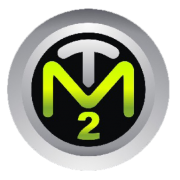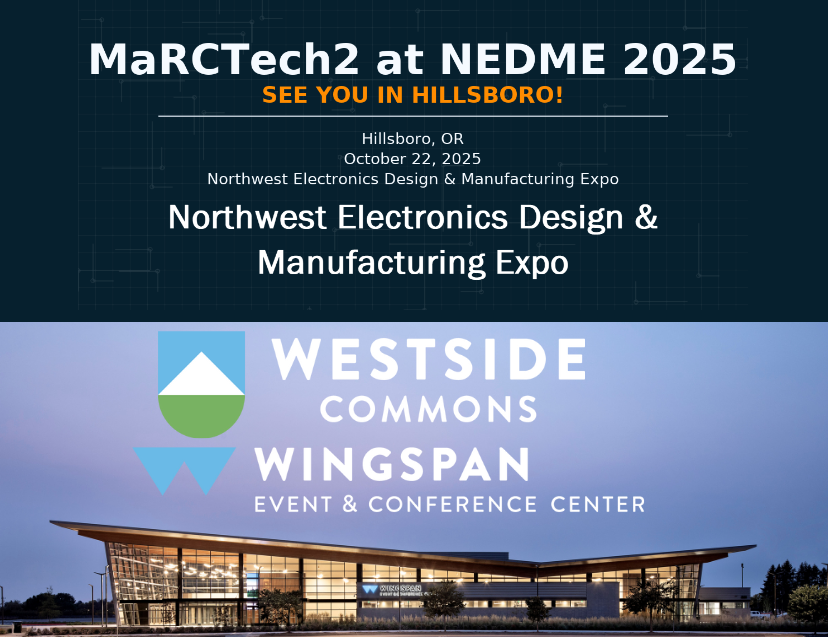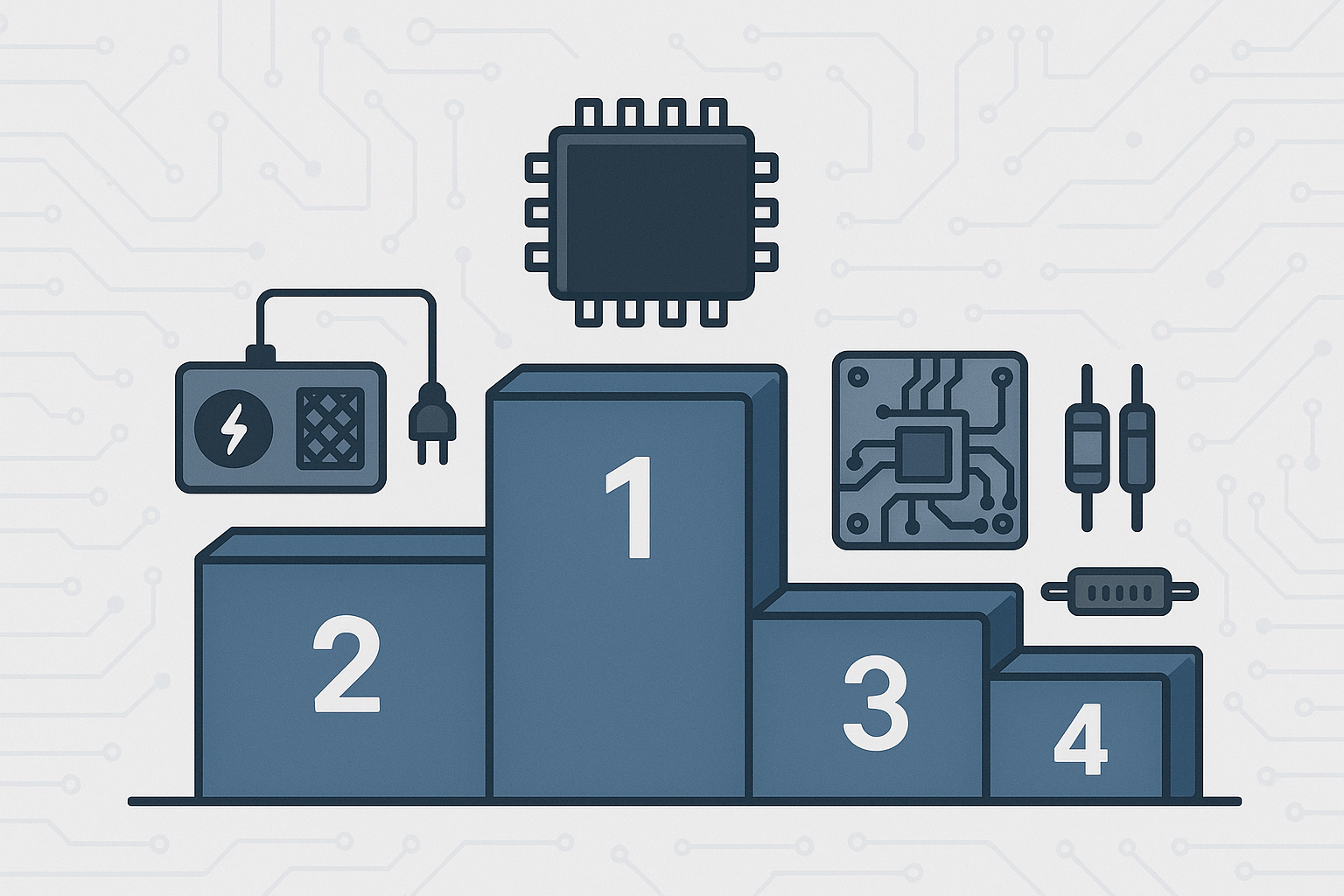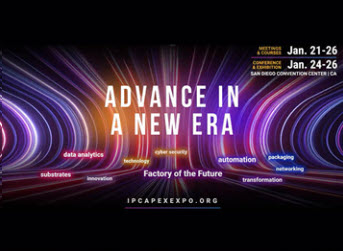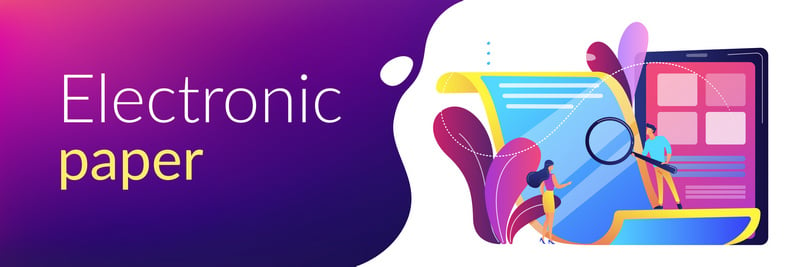
Electronic paper is also known as e-paper display, electronic ink or e-ink display, or electrophoretic display. E-paper is a digital technology imitating the daily newspaper. "E-ink" originates from "E Ink Corporation," the company that developed electronic ink and helped make them popular.
The word "electrophoretic displays" refers to devices that operate on the electrophoresis principle. The name "e-paper displays" refers to how similar these displays are to newspapers, which provide clarity to the information and have a variety of uses.
The applications for e-ink are interesting. BMW has a new method of changing the shade of the car's exterior, using electrophoretic technology. Watch the video to see it in action:
The E-Ink technology is a body wrap that, when stimulated with electrical signals, uses electrophoretic technology to change the pigment of its surface. As you can see, at the moment, it only seems the technology can change color from white to black, as it uses negatively charged white pigments and positively charged black pigments, allowing the electrical signals to choose which are shown. It's actually a technology similar to that used in e-Readers.
This highlights a drawback of E-Ink as it cannot display moving images, such as video or cursors, nor can it display color. E-Ink, for now, can only be displayed in shades of grey.
Frequently Asked Questions about E-paper:
What is the purpose of E-Ink?
E-ink is made into a film and then integrated into electronic displays, enabling novel applications in phones, watches, magazines, wearables, e-readers, etc. The Motorola F3 was the first mobile phone to employ E Ink technology in its display to take advantage of the material's ultra-low power consumption.
Is E-ink environmentally friendly?
Paper on CO2 impact. GDS E Ink transportation signs are far more energy efficient in terms of CO2 impact than paper. The general public holds those companies sensitive to the environment in high regard by decreasing the destruction of forests for producing paper.
Is E-Ink better for eyes?
E-ink closely resembles ink on printed paper; therefore, it doesn't cause as much glare and reduces eye strain. The light from an E-ink display also doesn't shine into your eyes like an LCD screen. In sunny conditions, the print is easier to see, so your eyes don't have to strain as much to keep it in focus.
Do E-ink displays get "burn-in?"
No burn-in because there is nothing to burn with. E-ink screens do not emit light; they are essentially electro-mechanical, drawing images with pigmented blobs.
Is E-Ink technology expensive?
E Ink panels are costly because they are challenging to manufacture and because several significant patents have just recently expired.
What is the most significant advantage of using e-paper over an LCD?
The main advantages of electronic paper over traditional LCD screens are paper-like readability and extremely low power consumption. E-paper reduces eyestrain since it simulates paper rather than a computer screen.
How much power do e-ink displays use?
Typically, the energy required for a full switch on an E-Ink display is about 7 to 8mJ/cm2. The corresponding number for the Rdot display is about 1mJ/cm2 with the addition of 0,25mJ/cm2 every 15-60 minutes. LCD continuously consumes about 6µW/cm2. Energy consumption depends on how often the content is changed.
E-ink uses NO power at all, as long as the content is not changed. It ONLY uses power (and wear & tear of the screen) when changing the content. This is the reason e-ink-readers can go for weeks with daily use without recharging the battery.
How long do E-Ink displays last?
The e-ink display has a working lifespan of about 50,000 hours, translating to about 90,000,000 refreshes at 2 seconds each. -The electronic circuit shuts down completely while the button is not engaged.
Why do people like to use E-Ink?
E-ink displays are popular because they resemble printed paper. They are more comfortable on the eyes than other display types, offer excellent readability, have a long battery life, are easy to use, and save labor costs and the production of paper signs/notices.
Applications of E-Ink Displays
E-paper displays have been available for a while now. Electronic paper was first developed in the 1970s by Nick Sheridon at Xerox's Palo Alto Research Center. The first electronic paper, called Gyricon, consisted of polyethylene spheres between 75 and 106 micrometers across.
In 2007, Amazon released the first e-reader Kindle, equipped with a 6-inch 4th-order electronic paper ink screen. With the popularity of the Kindle, e-paper is truly familiar to consumers.
In 2010, e-paper entered the digital signage world with smart shelf labels – small displays at cashier desks and near products in a store that displayed up-to-date information about products and pricing.
Due to their low power, low weight, and flexible characteristics, e-paper displays have found use in various applications across several industries.
The primary uses for electronic paper are:
- E-readers
E-readers are the most widely used e-paper application. Because of its high reflectivity, broader viewing angle, and extremely low power consumption, electronic paper display technology is commonly employed in e-readers.
- Digital Signage
For digital signs and public information displays, electronic paper is ideal for indoor and outdoor applications.
- Supply Chain Management
Supply chain management extensively uses e-paper displays to track and monitor real-time items. The monitoring labels can increase transparency and visibility in logistics monitoring.
- Retail Labels
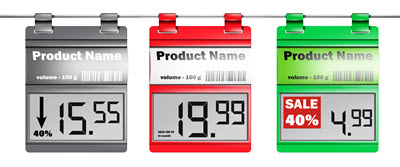 Since they offer a less expensive alternative to conventional paper label technologies, electronic paper displays are commonly employed in retail labels.
Since they offer a less expensive alternative to conventional paper label technologies, electronic paper displays are commonly employed in retail labels.
E-paper displays are also frequently used in menu boards, price boards, wayfinding, gas station price signs, digital ID badges, and transit signage.
Future of Displays
E-Paper displays are available from Microtips Technology. Electronic paper displays (EPD) have lately been made available by Microtips USA for commercial and industrial applications. Screen sizes for these bistable displays range from 1.49 to 13.2 inches, with resolutions ranging from 152(H), 152(V), to 960(H)680(V) pixels.
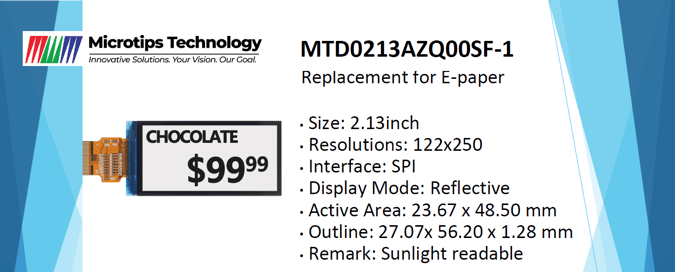
E-ink displays guarantee exceptional readability and visibility from all viewing angles and provides all the advantages previously mentioned.
You are very welcome to reach out to the MaRCTech2 team about your project and using e-paper displays.

